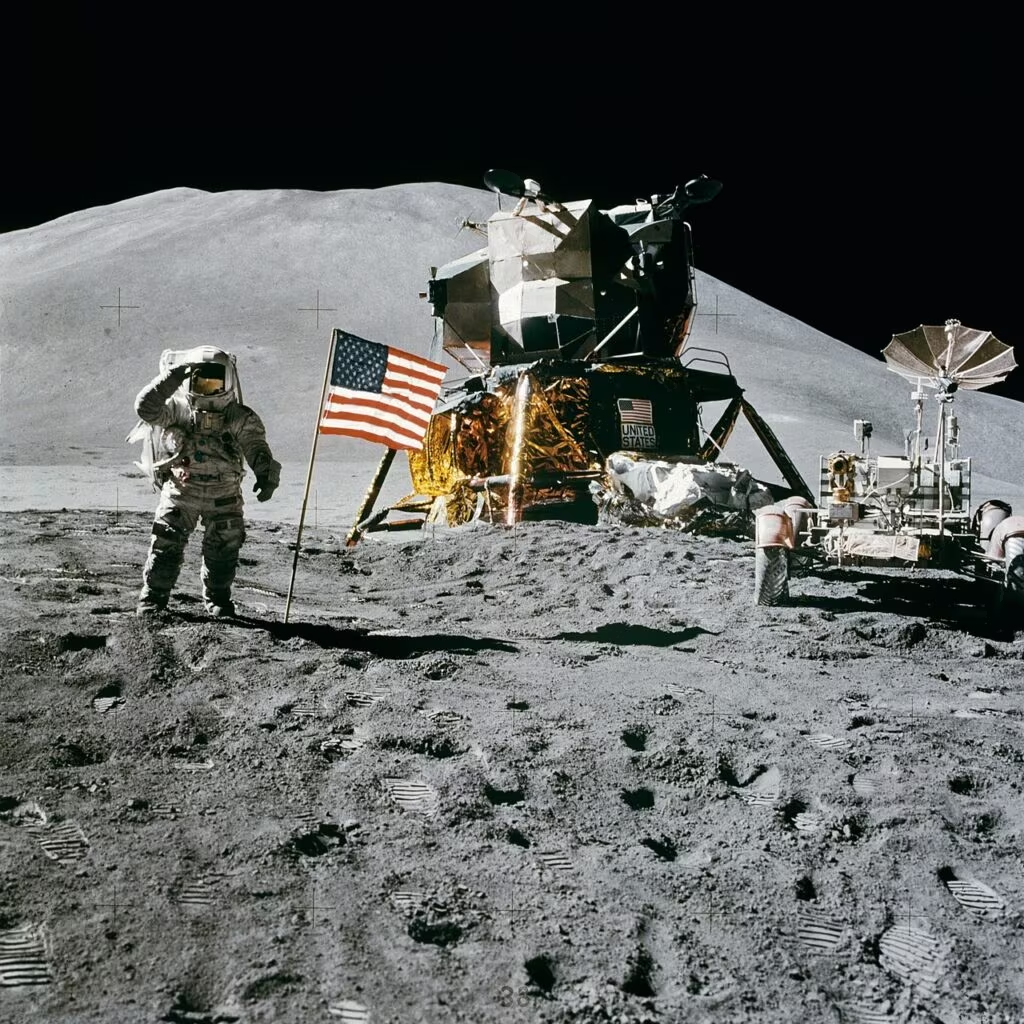Urgent Rescue Mission Underway for Tiangong Crew
In a rapid response to an unprecedented orbital safety concern, China is preparing to launch an uncrewed Shenzhou 22 spacecraft tonight, November 24, 2025. The mission is critical: to deliver an emergency return vehicle—a “lifeboat”—to the Tiangong Space Station (TSS), where three astronauts are currently stranded without a guaranteed means of return to Earth.
This immediate launch underscores the high-stakes nature of human spaceflight and the rigorous safety protocols required to protect crews in low Earth orbit. While the three astronauts aboard Tiangong are reported safe and the station remains fully operational, the status of their primary return vehicle necessitated this swift and complex emergency operation.

The Need for an Emergency Return Vehicle
Every crewed spacecraft docked to a space station serves a dual purpose: transportation and emergency escape. The spacecraft that delivered the current crew to Tiangong—likely Shenzhou 21—is designed to remain docked throughout their six-month mission, serving as a ready-to-go lifeboat in case of a catastrophic station emergency, such as a major pressure leak or fire.
However, in this specific incident, the original docked spacecraft has been deemed unfit for re-entry. While the exact nature of the compromise has not been officially detailed, such situations typically arise from critical, unrepairable damage to the heat shield, propulsion system, or life support components, often caused by orbital debris or micro-meteoroid strikes.
Why the Shenzhou 22 Must Be Uncrewed
Launching the Shenzhou 22 without a crew allows for the fastest possible turnaround. Crewed launches require extensive pre-flight training, quarantine, and final checks that would delay the mission by weeks. By launching the vehicle empty, the China Manned Space Agency (CMSA) can prioritize speed and efficiency, ensuring the replacement lifeboat reaches the station as quickly as possible. The primary objective is to provide the three stranded astronauts with a fully certified, undamaged return capsule.
Once Shenzhou 22 docks, the astronauts will transfer essential items and prepare the new vehicle for the duration of their remaining mission, or for an immediate emergency evacuation if necessary.
Mission Profile and Technical Challenges
The Shenzhou spacecraft is China’s primary crew transport vehicle, conceptually similar to Russia’s Soyuz or the U.S. Crew Dragon. It consists of three main modules: the orbital module, the service module, and the re-entry module. Only the re-entry module, which is protected by a robust heat shield, returns the crew to Earth.
The launch will utilize a Long March series rocket, China’s workhorse launch vehicle for its space program. The complexity of this mission lies in its urgency and the need for precision docking.
Key Mission Steps:
- Launch: The Long March rocket will place the uncrewed Shenzhou 22 into orbit from the Jiuquan Satellite Launch Center.
- Phasing and Rendezvous: Over the next several hours, the spacecraft will execute precise orbital maneuvers to catch up with the Tiangong Station, which is traveling at approximately 17,500 miles per hour.
- Automated Docking: The Shenzhou 22 will perform an automated rendezvous and docking procedure with an available port on the TSS. This process is highly automated, minimizing risk.
- Transfer and Certification: Once docked, the crew will inspect the new vehicle and certify it as their official lifeboat.

Historical Context of Orbital Lifeboats
The concept of a dedicated, always-ready lifeboat is fundamental to long-duration human spaceflight. International space agencies, including NASA and Roscosmos, adhere strictly to the rule that a crew’s return vehicle must be docked and fully functional at all times.
This is not the first time a space station crew has required an emergency replacement vehicle, though it is a rare event for the Chinese program.
Precedent: Soyuz MS-22 Incident
A notable international precedent occurred in late 2022, when the Soyuz MS-22 spacecraft, docked to the International Space Station (ISS), suffered a major coolant leak, rendering it unsafe for crew return. In response, Roscosmos launched the Soyuz MS-23 spacecraft uncrewed to the ISS to serve as a replacement lifeboat for the three affected crew members. This established a modern operational blueprint for responding to such critical failures in orbit.
China’s rapid deployment of Shenzhou 22 demonstrates that it has robust contingency plans mirroring those of the established global space community, prioritizing astronaut safety above all else.

Implications for Future Space Operations
While the immediate focus is on crew safety, the incident highlights several critical aspects of maintaining a permanent presence in orbit:
- Orbital Debris Risk: The increasing density of debris in low Earth orbit poses a continuous threat to spacecraft integrity. Even small impacts can compromise critical systems like heat shields.
- Contingency Planning: The successful execution of this emergency launch confirms the operational maturity of the CMSA, demonstrating the ability to mobilize complex assets under extreme time pressure.
- Mission Duration Flexibility: The new Shenzhou 22 will likely dictate the crew’s new return timeline. If the original mission was scheduled to end soon, the new vehicle might bring them home early; if they have a long duration remaining, the Shenzhou 22 will remain docked until their scheduled return.
Key Takeaways
- Emergency Launch: China is launching the uncrewed Shenzhou 22 spacecraft tonight, November 24, 2025.
- Purpose: It will serve as an emergency lifeboat for the three astronauts currently aboard the Tiangong Space Station (TSS).
- Stranded Crew: The original docked return vehicle (likely Shenzhou 21) has been compromised and deemed unsafe for re-entry, necessitating the urgent replacement.
- Operational Maturity: The rapid response confirms the CMSA’s robust contingency protocols for ensuring astronaut safety in orbit.
- Procedure: Shenzhou 22 will perform an automated rendezvous and docking, after which the crew will transfer their emergency preparations to the new capsule.
What’s Next
Space agencies and observers worldwide will be closely watching the automated docking procedure, expected to occur within the next 24 to 48 hours following the launch. Once successfully docked, the immediate crisis will be averted, and the three astronauts will have a guaranteed path home. The CMSA is expected to provide further details regarding the cause of the original spacecraft’s failure and the revised return timeline for the crew in the coming days.
Original author: Josh Dinner
Originally published: November 24, 2025
Editorial note: Our team reviewed and enhanced this coverage with AI-assisted tools and human editing to add helpful context while preserving verified facts and quotations from the original source.
We encourage you to consult the publisher above for the complete report and to reach out if you spot inaccuracies or compliance concerns.

